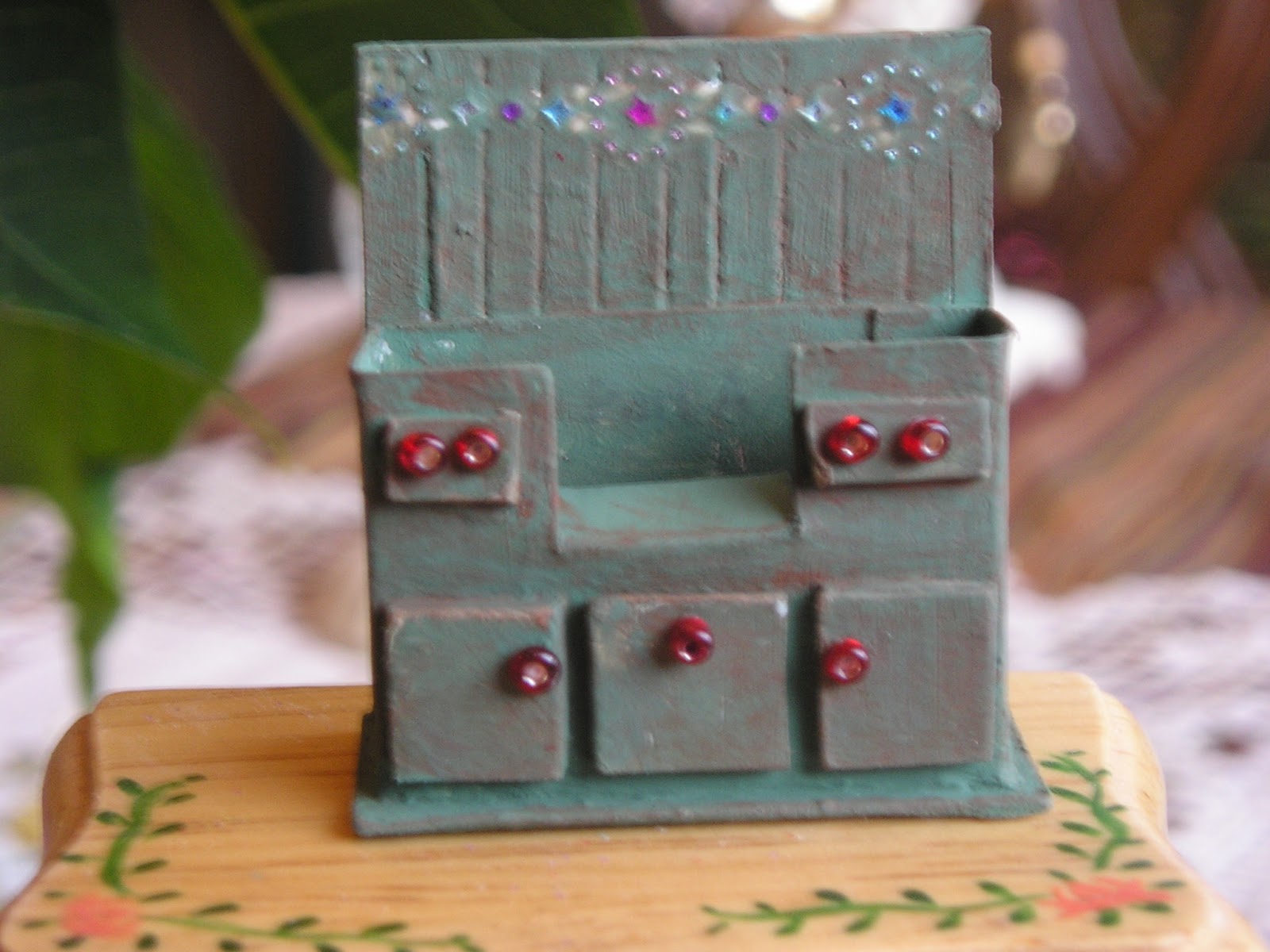| Eastman Photo, National Geographic Contest |
The above photo, apropos of nothing else, just amuses me. I have had days like this.
Well all, hopefully you are settling into 2013 quite solidly, and are ready to tackle the year with much aplomb, or other fruit of your choice. Let's get on with it, shall we?
Today I felt a little quarter-inchy (probably not an official word, but people who write dictionaries tend not to get out into the world much, and they rarely call for my neologisms anymore), and I dug into something I bought a few months ago. One of my friends decided that she was going to downsize a bit when it came to miniatures, and focus more on one scale only. Fair enough. Occasionally miniaturists do downsize, although it was suspicious that the world was supposed to end within months of her making this decision - coincidence? I will let you decide. She was gracious enough to share the wealth that was her quarter-inch stash, of which I grabbed a sizable chunk.
One of the treasures (and oh, did I ever get a boatload of treasures, did I mention? ) she sold to me was an offering from Petite Properties . This company has some wonderful little houses, in various smaller scales, along with instructional books. The best part of their instructions is that they rely heavily on commonly available supplies. This is one thing I have appreciated about the British over the years (outside of Dr. Who) - you almost never have to go farther then your office supply store or craft store, or sometimes even your junk drawer, to complete a project, and never have to order the special kit that is only made by cloistered nuns on a Tuesday at midnight during a full moon.
I look forward to starting my Washtub Cottage and populating it with the furniture from the instructional books. Today I felt like making the small sink cabinet, as below:
 |
| The Sink Cabinet - Petite Properties - Part 2: Fiona Broadwood |
 |
| Template For Sink |
 |
| Folded Sink Cabinet |
 |
| Better-ish Picture of Folded Cabinet |
 |
| Adding a Base |
 |
| Cardstock Base, before Gluing Together |
 |
| Back Splash |
To scribe the lines in, I used a knitting needle over my pencil marks. It is blunt enough not to cut the paper, but small enough to make realistic looking plank marks.
 |
| Back Splash and Stickers! |
 |
| Little Cabinet Painted |
 |
| Little Drawer and Cabinet Doors added |
 |
| Painted and "Antiqued" |
Once everything was painted and dried, I "antiqued" it with diluted brown paint. From this picture you get a good feel for scale, with the background of a crocheted table cloth.
 |
| Cabinet with Drawer Pulls Attached |
 |
| Cabinet with Sink |
I ended up painting my sink silver. I just thought it lended a rather interesting charm to it.
 |
| The Sink Top |
 |
| Sink top with "cut away" Still Attached |
The next step was fun - the faucets. The pattern called for dressmaker pins and staples. I suspect my stapler is currently behind a wall of treasures, and I didn't want to dig, and I used jewellery findings instead.
The pins were cut down first. I can't remember where I picked this hint up, but at some point someone told me when I am cutting small, unpredictable pieces of metal that can fly anywhere and of which can come back to haunt you later, one should cut the metal in a plastic bag. This prevents inconvenient discoveries later on. These cut-down pins were drilled through the cabinet top to act as taps. The findings were glued as the faucets. It is fussy work, but very impressive once you have gotten things positioned and the swearing has stopped.
 |
| My Finished Sink |
That is all for today, and I hope you enjoyed this little review - until next time, my loyal friends!
 | |
| The Real Full Sized Deal for Comparison |

No comments:
Post a Comment